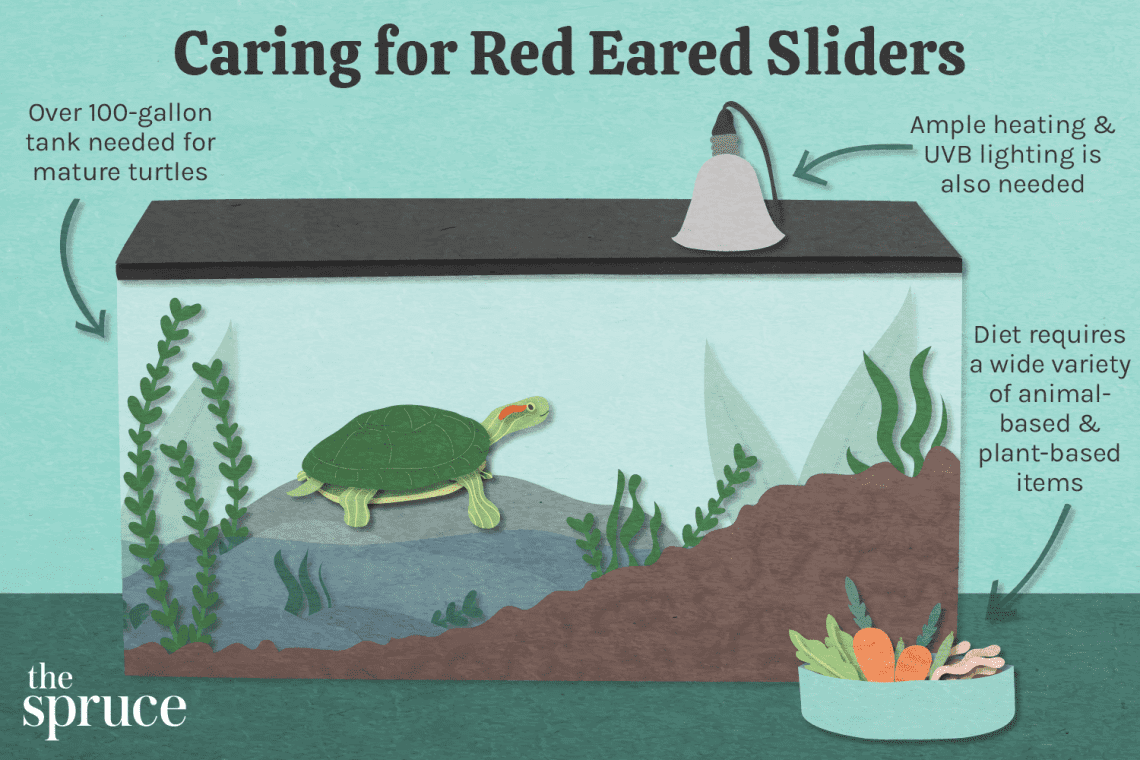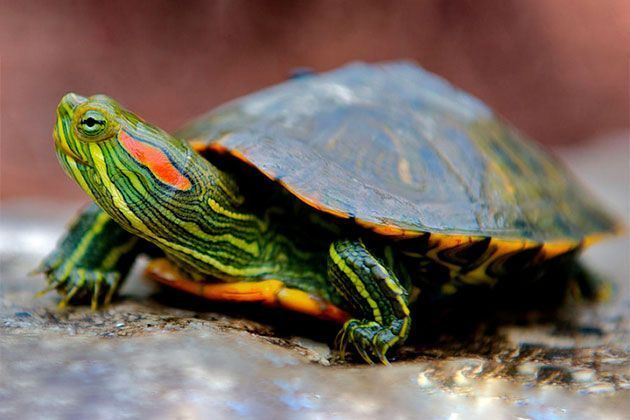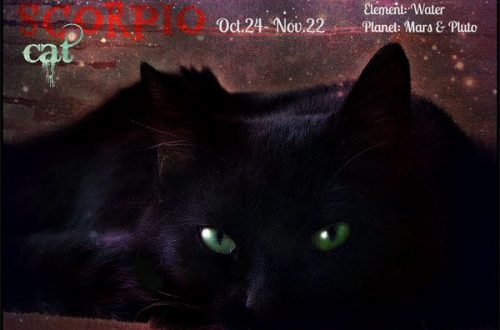
Pond slider. How to keep such a pet?

The red-eared tortoise is the most common pet tortoise fancier. The animal got its name due to a specific feature – red spots, which are located on the sides of the eyes and are visible up to the very neck. How to choose a turtle, an aquarium and keep this reptile – we’ll talk in this article.
Contents
How to choose a turtle
The purchase of a turtle should be thoughtful, you need to understand that this is not a toy for a child, but a reptile, the same as snakes and lizards, which require mandatory special conditions of detention. The first thing we advise you to pay attention to when buying a “red ear” is its size and condition. A turtle that has not grown to at least 5 cm will be much more difficult and difficult to grow, because at this age they are very susceptible to various diseases. Therefore, a 5-7 cm turtle is the best choice. When buying, carefully inspect the turtle. She must have all claws intact, tail, carapace (upper shield) and plastron must be smooth, lenticular in shape, without spots, scratches, dents and “humps”, solid. The eyes are shiny, the skin is clean, also without damage, whitish and pinkish spots. The head is even, without dents, swollen areas, white spots, smooth and shiny. In the aquarium, the turtle should swim smoothly, without falling on its side. When buying a small red-eared turtle, you need to consider that this animal is not too small and, having matured, it may well reach 30 cm in diameter, and live with good care – up to 30 years. You need to be sure that this is not a momentary hobby and you are ready to take care of him for many years. Pygmy red-eared turtles do not exist, no matter what an unscrupulous seller claims – any turtle will grow up! There are medium-sized turtles 10-15 cm (for example, the Chinese three-keel or mud musky turtle), but this is not about red-eared turtles. By the way, even other types of turtles, smaller in size, require no less careful care.
Aquaterrarium for red-eared turtles
What you need to purchase to keep a red-eared turtle:
- aquarium;
- 100 watt water heater;
- filter;
- ultraviolet lamp;
- heating lamp;
- thermometer;
- island
- food and vitamins
The aquarium will need to be large enough, a volume of at least 120 liters is desirable, ideally 150-200. These animals heavily pollute the water and the larger the aquarium, the easier it will be to keep it clean. Water must be changed and cleaned depending on the degree of contamination. But you can use a special filter, external or internal. Use only settled tap water (to stand for at least 2 days) or water prepared with special products (for example, Tetra ReptoSafe – water conditioner for treating water turtles). To quickly clean the water in the aquarium and remove unpleasant odors, you can also use special products (for example, Tetra ReptoFresh or Tetra ReptoClean). No plastic baths, basins, human bath, children’s pools are suitable as housing for a turtle. An aquarium or terrarium must be set up prior to acquiring a turtle. An ultraviolet lamp is desirable, but it should not be low, the approximate height is 25 cm. Depending on the age of the turtles, the power of the UV lamp is selected:
- for young individuals – 5% UVB;
- for adults – 10% UVB.
Another option for arranging an aquaterrarium is an incandescent lamp (heating lamp) with the same requirements. They both need to be turned off at night. Lamps in the aquarium are placed above the land in such a way that their light falls on the resting turtle. The depth of the water in the aquarium should be such that the turtle, standing on its hind legs, can stick its head out of the water. By no means smaller. Deeper – you can, but then the bottom of the aquarium will need to be partially laid out with large stones so that the turtle can stand on them. An island of land should occupy approximately 25% of the aquarium space. Aquatic turtles need the opportunity to get out on land to bask under the lamp and rest. The coast of the island of land should be gentle so that the turtle can easily climb on it and leave it. There are also options for slides made of securely fixed stones and snags that protrude above the water and are comfortable for lying. Be careful with decorations. Dirt and stones are not necessary for the turtle, but if you want to decorate the aquarium, you should choose large decorations that the pet cannot swallow or get stuck in. At the bottom there may be stones larger than the head of a turtle, large stones can form an island. The turtle should always be in the aquarium, it does not need to walk on the floor, and even more so – it is unacceptable to keep it on the floor, this is fraught with serious illnesses and injuries. It is permissible to take out the turtle to wash the aquarium and accessories and the turtle itself.
Red-eared turtle food
Turtles love a variety of foods. Variety in nutrition is the key to a healthy pet.
The first year the turtle is fed every day, the second – after two days, the third and all subsequent – after three or four. You need to give food as much as she can eat in five minutes. A young turtle should eat mainly animal food with the addition of vegetable food, a 3-4 year old turtle should eat vegetable food with the addition of animal food, and old reptiles in general are shown a predominantly vegetable diet. What can be in the diet of a turtle:
- Fish. Live small aquarium fish, or thawed and sliced, lean. Not suitable for feeding are chain and shell catfish, which have strong armor made of scales, and sometimes thorns.
- Seafood. Shrimp, squid, mussels, other marine molluscs.
- Land molluscs, but preferably home-grown (grape, Achatina), medium-sized living with a shell or thawed and chopped without a shell, if large.
- Aquarium clams. Coils, marizas, snails, physes, can be given together with the shell, except for adult snails, whose shell breaks off with sharp pieces.
- Rabbit, quail, turkey, chicken or beef liver – not very common
- Frogs and tadpoles.
- Forage insects, live or thawed. Crickets, cockroaches, grasshoppers – not often.
- Quality food for turtles, about a third of the diet.
- Vegetables, fruits and herbs. Lettuce, apple, pear, dandelion, plantain, spinach, cucumber, zucchini, carrot, pumpkin, scalded nettle, berries)
- Aquarium plants – duckweed, hornwort.
- Vitamin and mineral supplement.
Nutrition should be complex and varied, and contain several types of protein and plant foods. Turtles should not be fed food from the human table, spicy, fried, salty, sweet, fatty meats, slugs, poisonous insects, dairy products, bread, citrus fruits, poisonous and spicy plants, cereals, raw cereals, pineapple, nuts, radish, radish, legumes. You can not give the animal cold food. Removed from the refrigerator must be kept until it reaches room temperature.
Molting in a red-eared turtle
Many reptile owners are often unaware of the red-eared turtle moult. Yes, the red-eared tortoise sheds, and does it quite often. This process occurs during the active growth of the body, when the pet is young enough. The fact is that the upper layers of the skin and shell simply do not have time to grow after the body itself, as a result of which their exfoliation occurs. There is no need to be afraid of this, molting does not pose any danger to either you or the turtle. This is a natural process provided by nature. However, it should be remembered that during the molting period, your pet needs increased attention from you. In the early stages of development, the layers of skin and the upper layers of the shell peel off as an integral film, which can float on the surface of the aquarium for quite a long time. As they grow older, the amount of dead tissue decreases, and during the last molts of the reptile, only some areas of the skin and small pieces of the shell exfoliate. If you notice that the red-eared turtle is shedding, do not worry about its health – when the animal grows up, this process will stop. If you notice that the red-eared slider is shedding, take immediate steps to provide it with suitable conditions. No need to change the pet’s daily routine – pay attention to the diet. As a rule, during the period of active growth, reptiles need a large amount of calcium and various vitamins. To replenish the body with calcium, you can use special vitamin complexes that are designed specifically for young individuals. Many diseases of red-eared turtles are similar in symptoms to the process of molting. Not molting: the shields peel off and ulcers form, large pieces of the shell fall off, the skin peels too much or comes off in layers. This usually indicates an imbalance of vitamin A in the turtle. If the molting takes a long time, the shields do not completely disappear and pinkish-beige wounds form under them, or there are reddish-pink areas on the skin of the turtle, this indicates a fungal disease that needs to be treated. In order to completely eliminate the likelihood of the disease in your pet, a visit to the veterinarian is necessary. Only a specialist will be able to properly examine the reptile and give valuable recommendations on caring for it. It is important to observe the conditions of keeping and feeding turtles, as they are prone to various diseases. Free range in the apartment is fraught with injuries and, dehydration and hypothermia, unsuitable conditions in the aquaterrarium can lead to fungal diseases, inflammation of the lungs and eyes, otitis media, the absence of ultraviolet radiation can lead to rickets, and improper nutrition can lead to bloating. You have to be careful with your pet. With signs of malaise, you should contact the veterinary clinic, where there is a specialist in exotic animals and reptiles, having previously learned the information by phone.





